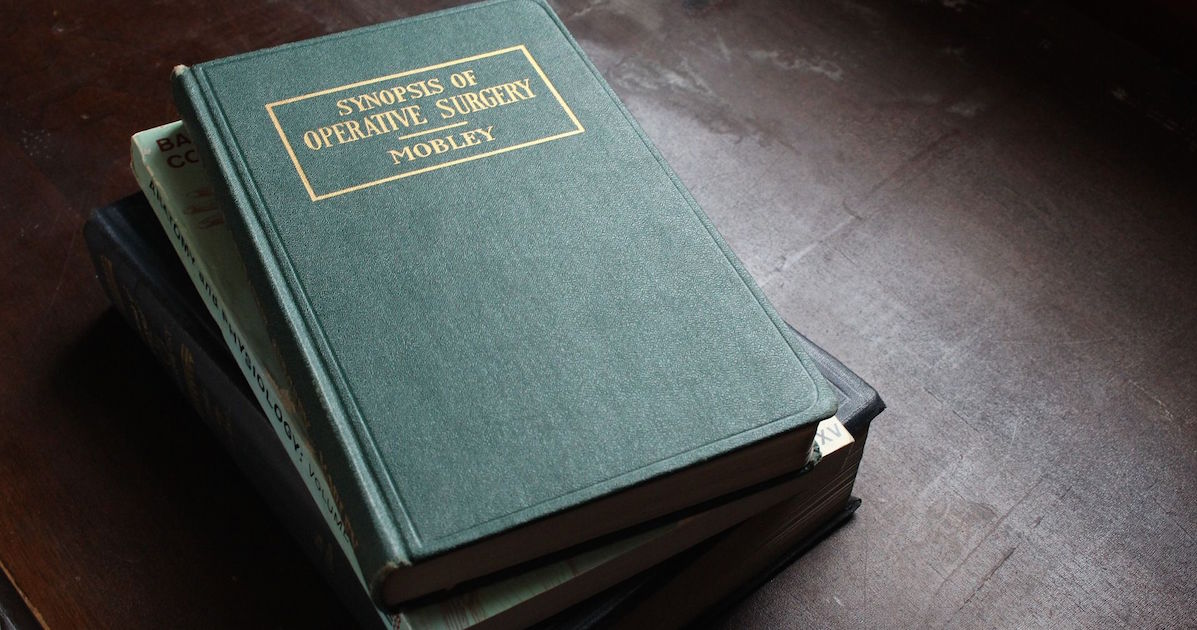 Recently one of our surgeons had the opportunity to visit the Hunterian Museum in the Royal College of Surgeons in London, UK. This two-part blog piece describes three of the wide range of exhibits that our readers should find very interesting.
Recently one of our surgeons had the opportunity to visit the Hunterian Museum in the Royal College of Surgeons in London, UK. This two-part blog piece describes three of the wide range of exhibits that our readers should find very interesting.
Historical Perspective on Surgery
The Hunterian Museum began as the personal collection of John Hunter, an 18th century London surgeon and anatomist. Hunter and his brother, William, advanced the practice of surgery by stressing the teaching of anatomy based on observation as opposed to accepted tradition. John Hunter’s collection included body parts donated by some of his patients at their death so he could study the results of the operations he had performed on them. A number of these specimens exhibit tied off syphilitic aneurysms (weakened ballooned-out arterial walls caused by the sexually transmitted disease which was rampant in 18th century Europe).
Prominently displayed near the museum entrance is the skeleton of the “Irish Giant”. Charles Byrne, who stood 7 feet 7 inches tall, earned his living by charging people to gawk at him at a time when the average British man was only 5 feet 5 inches tall. Word reached Byrne that John Hunter desired to display his skeleton in his museum after the “Giant” passed away. Wanting to foil Hunter’s plans, Byrne got his friends to agree to bury him at sea in a lead coffin. The collector learned of Byrne’s efforts, bribed the “Giant’s” friends, and obtained the body when Byrne died at the age of 22. And so his skeleton shares a display case in the Hunterian museum with a short stature skeleton that suffered from abnormal bone fusion.
Recent Medical Study with the “Irish Giant”
Physicians now know that the “Irish Giant” suffered from a pituitary tumor that caused the over–production of Human Growth Hormone. In 2008 Charles Byrne’s skeleton was used in a medical study when DNA was extracted from two of his teeth. He was found to have a mutation of the AIP gene that causes a condition called Familial Isolated Pituitary Adenoma. Only 200-300 people carry the mutation and most of them live in the same Irish county where Byrne was born. A number of them were found to be his relatives.
The Royal College of Surgeons Today
Medical ethics have changed since the day of John Hunter and no doctor today would advocate grave robbing (although archeologists still dig up pyramids and ancient burial grounds). There have been recent calls to honor Charles Byrne’s wishes and bury his skeleton at sea. The Royal College of Surgeons has rejected these demands as they feel that as science and medicine advances, the “Irish Giant” may still have more to teach. So the man who earned his living letting people stare at him continues to be the center of attention after his death.



